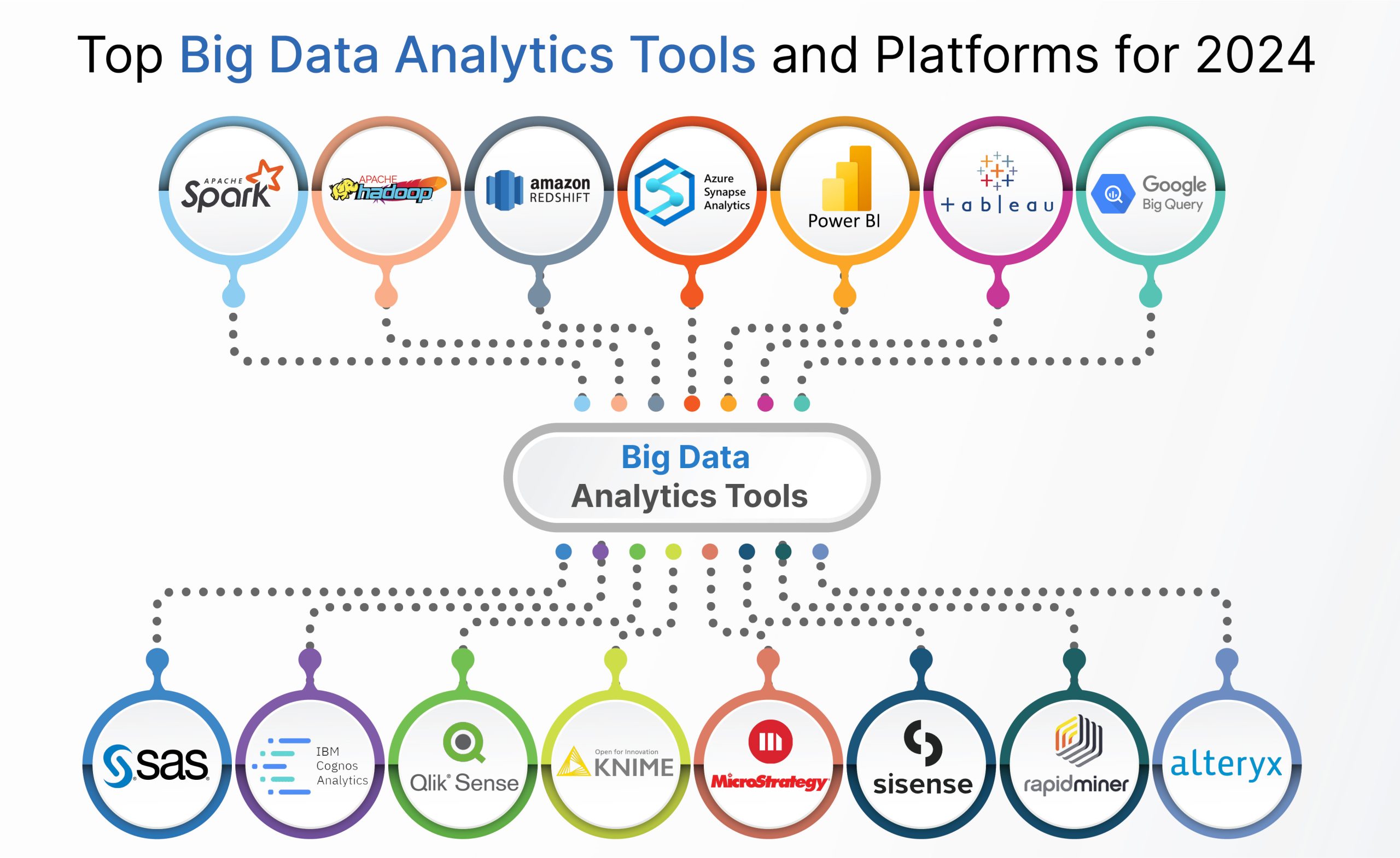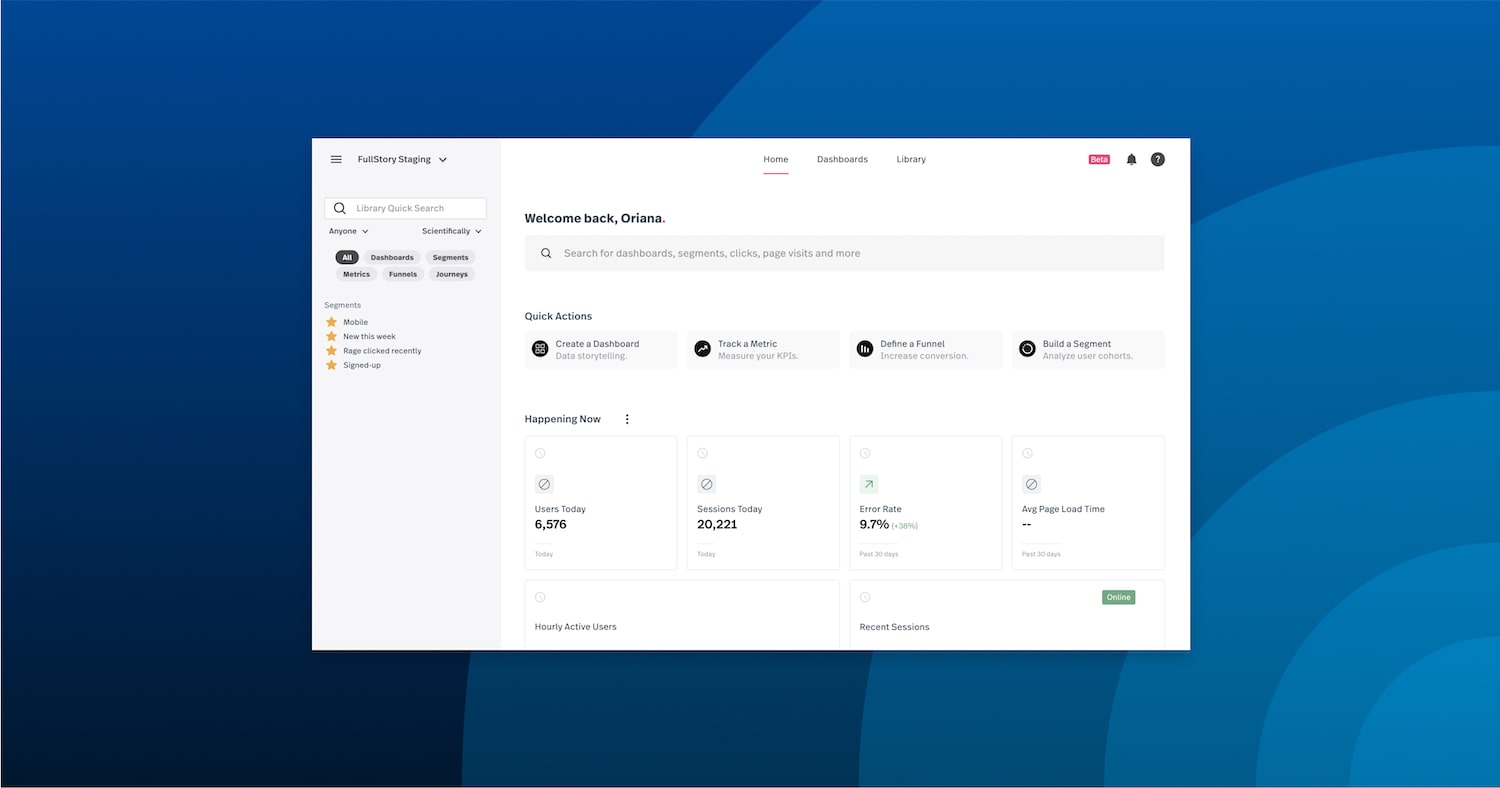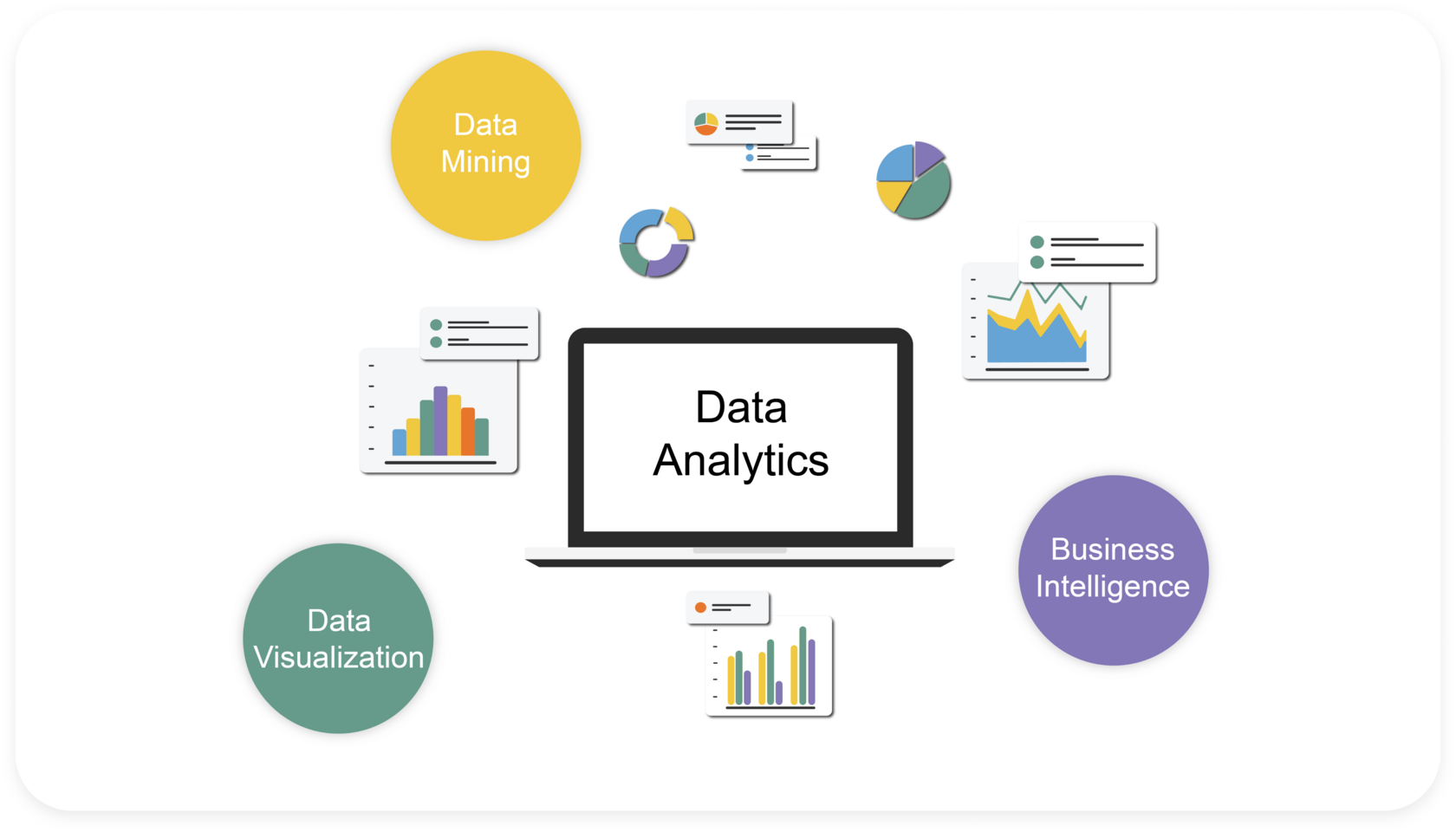How to Make Smarter Options Utilizing Proven Analytics Techniques
How to Make Smarter Options Utilizing Proven Analytics Techniques
Blog Article
Increase Effectiveness and Productivity With Information Analytics
In today's data-driven landscape, organizations are progressively acknowledging the critical role of information analytics in improving operational effectiveness and profitability. By methodically assessing information, organizations can discover critical insights that notify strategic decisions, simplify processes, and dressmaker consumer experiences (Analytics). The difficulty exists not only in the execution of these analytical devices but also in comprehending exactly how to translate information into actionable outcomes. As we explore the subtleties of reliable data-driven approaches, the effects for both short-term gains and long-term success become increasingly clear. What might these understandings expose for your company?
Recognizing Information Analytics
In today's data-driven landscape, comprehending information analytics is crucial for companies aiming to improve operational performance and drive success. Data analytics entails the methodical computational analysis of information sets to uncover patterns, correlations, and understandings that inform decision-making. By employing various methods, such as statistical analysis, equipment discovering, and anticipating modeling, companies can change raw information into workable knowledge.
The procedure usually begins with data collection, where relevant information is gathered from multiple resources, including transactional data sources, customer interactions, and market patterns. This data is after that cleansed and arranged to guarantee accuracy and consistency. Once the data is prepared, logical devices and software program are made use of to visualize the information and check out, making it possible for stakeholders to recognize fads and anomalies.
Inevitably, recognizing information analytics empowers organizations to make educated choices based upon empirical evidence instead than instinct. It facilitates targeted methods that can optimize source allowance, improve consumer satisfaction, and enhance total efficiency. As organizations significantly acknowledge the worth of data-driven insights, a strong understanding of information analytics becomes an important proficiency for groups and leaders alike, placing them for continual success in a competitive setting.

Key Advantages for Services
Services that leverage data analytics can unlock a multitude of advantages that significantly enhance their procedures and earnings. One of the key benefits is boosted decision-making. Information analytics gives actionable understandings originated from real-time data, enabling businesses to make educated choices that align with market demands and customer preferences.

Additionally, information analytics promotes improved consumer experiences. By comprehending client behaviors and preferences, services can tailor their offerings, leading to increased fulfillment and loyalty. This personalized technique frequently leads to higher conversion rates and repeat company.
In addition, data analytics allows businesses to recognize arising patterns and possibilities. By remaining ahead of the contour, companies can take advantage of new markets and additional reading advancements before their competitors.
Executing Data-Driven Techniques
Effective execution over at this website of data-driven approaches needs a thorough understanding of both available data and organizational goals sources. Organizations should first define their objectives plainly, making certain positioning between data initiatives and calculated goals. This clarity enables teams to concentrate on pertinent metrics and understandings that drive decision-making.
Next, services ought to examine their existing data infrastructure. This includes reviewing information high quality, access, and integration capabilities. Premium data is important for precise analysis, as bad information can result in misdirected strategies and wasted sources. Organizations should establish processes for information collection, cleaning, and management to keep data integrity.
Additionally, fostering a data-driven culture is vital. Staff members at all degrees ought to be motivated to utilize information in their everyday procedures. Educating programs and workshops can improve data literacy, empowering staff to make educated choices based on logical understandings.
Devices and Technologies Review
A robust collection of tools and technologies is vital for companies intending to harness the full possibility of information analytics. These tools facilitate the collection, processing, and visualization of data, enabling companies to derive workable insights.
At the fundamental level, data monitoring platforms such as SQL databases and NoSQL systems offer reliable information storage space and retrieval capacities. For information handling and analysis, shows languages like Python and R, along with frameworks such as Apache Glow, make it possible for complex computations and artificial intelligence applications.
Visualization tools, including Tableau and Power BI, transform raw data right into instinctive visual formats, making understandings obtainable to stakeholders at all levels. Furthermore, cloud-based systems like Google Cloud and AWS provide scalable storage space and processing services, suiting the growing quantities of data organizations come across.
For innovative analytics, anticipating modeling and AI-driven solutions are progressively taken on, over here allowing companies to anticipate trends and boost decision-making procedures. Incorporating these devices into existing workflows is critical; companies that efficiently utilize this innovation can considerably enhance functional efficiency and drive earnings. Thus, purchasing the right devices and technologies is a calculated necessary for any data-driven organization.
Case Research Studies of Success
Leveraging data analytics has actually led numerous organizations to achieve impressive improvements in effectiveness and profitability. One significant situation is a big retail chain that executed predictive analytics to optimize stock management. By analyzing historical sales data and client patterns, the firm lowered excess supply by 30%, bring about significant cost savings and boosted capital.
One more example can be found in the manufacturing industry, where a leading vehicle producer used information analytics to improve its manufacturing procedures. By keeping track of machine performance in real-time, the organization determined traffic jams and inefficiencies, leading to a 20% boost in general devices efficiency (OEE) This not only enhanced production rates but also reduced downtime and maintenance costs.

These situation researches illustrate just how information analytics can drive tactical decision-making, enhance procedures, and eventually boost both efficiency and earnings throughout various fields.
Conclusion
In verdict, the combination of information analytics into organization procedures provides considerable opportunities for boosting performance and success. By systematically assessing data, companies can identify inadequacies, enhance consumer experiences, and make informed choices.
In today's data-driven landscape, understanding information analytics is necessary for organizations aiming to improve functional effectiveness and drive earnings. Information analytics involves the systematic computational analysis of data collections to uncover patterns, connections, and understandings that educate decision-making. Data analytics gives actionable insights derived from real-time data, allowing organizations to make informed options that align with market demands and customer preferences.
High-quality information is important for precise evaluation, as bad data can lead to misdirected strategies and lost resources. Organizations has to establish procedures for information collection, cleaning, and monitoring to maintain data integrity.
Report this page